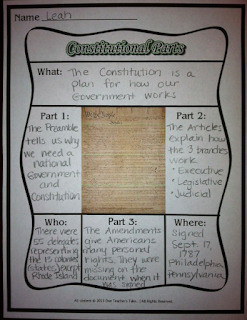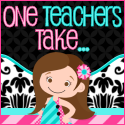So here's my take...
Can you find what is comfy but organized in my library?
Look closely at the bottom of the bookshelves.
The cute zebra pattern is really standard sized pillow cases!!!
 |
| Click here to go to the Target website |
I bought these 3 tiered bookshelves from Target when they went on sale for $16.99. I love how easy (no tools) they are to put together and how sturdy they are!
They have just enough space at the bottom to fit standard sized pillows!
Brilliant!
Over the summer I saw this pin of how students used chairs as great reading nooks and thought, I have to do that!
Unfortunately my pin does not go through to a blog or website so I don't have a particular person to thank and give credit to for this fantastic idea!
If you happen to know, please let me know!
My class has loved the pillows and "chair nooks" this year! I am really proud of how well they share them...of course quietest students get first pick!
Students like to spread out all over the classroom to read and jot their thoughts!
I love using pillow cases instead of store bought pillows.
They are easy to keep clean and so versatile.
They easily can be brought home to wash and best of all...when I get tired of the zebra print (I don't foresee that happening anytime soon) I can easily find something else!!!
Well, as always, if you have a comfy library idea I do wish you would share!
Happy Learning!





































